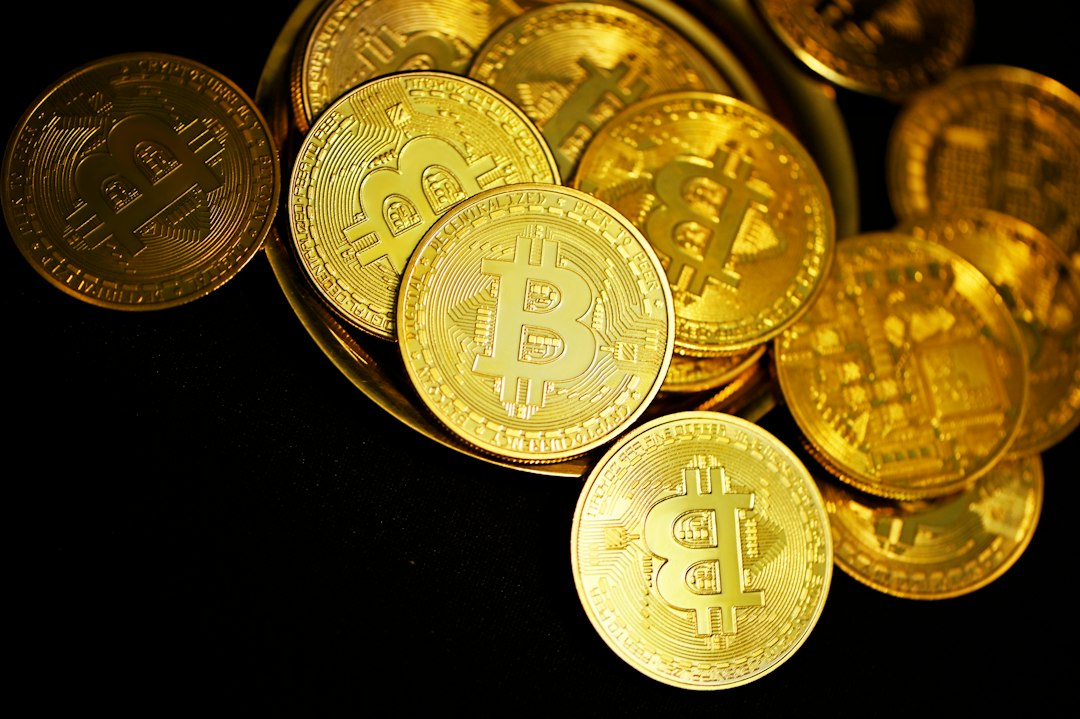Ethereum’s Supply Trend Shifts from Deflation to Inflation
Until three months ago, Ethereum’s supply was experiencing deflation. However, recent data shows a change in this trend. On May 27, 2023, Ethereum’s inflation rate was -0.654% annually, but by September 23, 2023, it had increased to 0.270%.
The Causes of Ethereum’s Deflationary Period
Ethereum’s shift towards deflation can be attributed to two significant events: the implementation of EIP-1559 (London hard fork) and The Merge’s transition from proof-of-work to proof-of-stake.
With the implementation of EIP-1559, Ethereum transaction fees are now burned, reducing the rate of issuance. Additionally, The Merge’s switch to proof-of-stake further contributed to the decline in inflation. Without these changes, Ethereum’s inflation rate could have reached 3.689% per annum.
Decline in Daily Transactions and Network Fees
As a result of these changes, there has been a noticeable decrease in daily transactions on the Ethereum network. The number of transactions hit significant lows in mid-year and again at the end of August and early September. On September 10, there was a dip to 866,548 transactions.
Ethereum’s network fees have also been on a downward trajectory since May 2023, aligning with the reduced activity. September 9 and 10 marked the lowest daily fees of the year.
The Impact of Layer Two Networks
In contrast to the decline in Ethereum blockchain transactions, layer two (L2) networks have seen increased activity. This has resulted in fewer base burns and has tempered the deflationary pressure on issuance.
Hot Take: Ethereum’s Changing Issuance Rate
Ethereum’s shift from deflation to inflation in its supply highlights the impact of key events like EIP-1559 and The Merge. These changes have not only reduced the rate of issuance but also led to a decline in daily transactions and network fees. However, the rise of layer two networks has brought some balance by increasing activity and reducing deflationary pressure. It will be interesting to see how Ethereum’s issuance rate continues to evolve in the future and how it impacts the overall ecosystem.





 By
By
 By
By
 By
By
 By
By
 By
By
 By
By